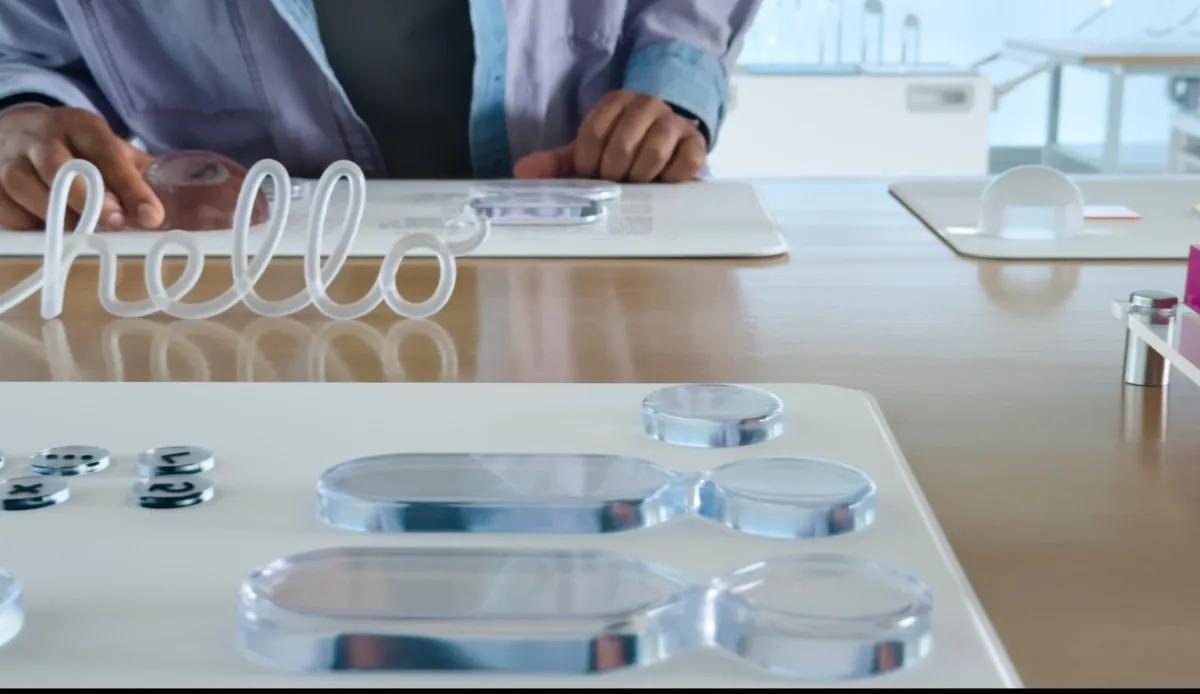
Apple has officially rolled out a new feature that significantly enhances the user experience by allowing individuals to customize Liquid Glass according to their preferences. With the latest beta update for its mobile and desktop operating systems, users can now choose between two distinct appearances for Liquid Glass: Clear or Tinted. This new setting showcases Apple's commitment to listening to user feedback during the early stages of the public launches of iOS 26, iPadOS 26, and macOS 26.
Apple has a history of implementing significant changes while also providing fallback options for users who may struggle to adapt. A notable example was the relocation of the Safari address bar to the bottom of the screen in 2021, which initially faced backlash. In response to feedback, Apple introduced an option to revert the address bar to its original position at the top, demonstrating the company's ability to balance innovation with user comfort. This time, Apple is taking a similar approach with the Liquid Glass feature.
The introduction of the new user interface with iOS 26 and other Apple operating systems marks the company’s most significant design overhaul since the transition from a skeuomorphic to a flat design in 2013. While many users appreciate the modern aesthetic of the Liquid Glass design, some have expressed concerns that it makes certain interface elements, such as notifications and navigation controls in apps like Apple Music, harder to read. Others, however, have praised Liquid Glass for its attention to detail and fresh look, feeling it revitalizes an interface that had become stale over the years.
With the potential for mixed reactions to the Liquid Glass design, Apple has decided to grant users more control over its appearance. The new feature, first reported by 9to5Mac, was included in iOS 26.1 beta 4 and the corresponding updates for iPads and Macs. According to a statement from Apple to TechCrunch, feedback during the beta period revealed that some users desired a more opaque look for Liquid Glass. The newly added setting is available in iOS 26.1, iPadOS 26.1, and macOS 26.1.
To access the Liquid Glass customization option, beta users can navigate to the “Display & Brightness” menu under Settings on their devices. For Mac users, this option can be found under “Appearance” in System Settings. The feature provides a simple toggle to choose between Clear and Tinted options, with the latter increasing the opacity of interface elements, making them more visible.
While some users have expressed a desire for a more granular opacity slider, Apple has opted for a straightforward toggle that specifies two levels of tint. This design choice simplifies testing for third-party developers, ensuring compatibility with the Liquid Glass feature. Apple has assured developers that any applications already utilizing Liquid Glass will automatically adopt the user's chosen appearance preferences. Developers can currently test this functionality in the 26.1 developer beta.
After selecting their preferred Liquid Glass option, users will notice changes across various interface elements, including the Now Playing controls, Notifications on the Lock Screen, and in both Apple and third-party applications. While the beta feature is rolling out for developers today, the public beta is expected to be available in the coming days, leading up to a broader public release.